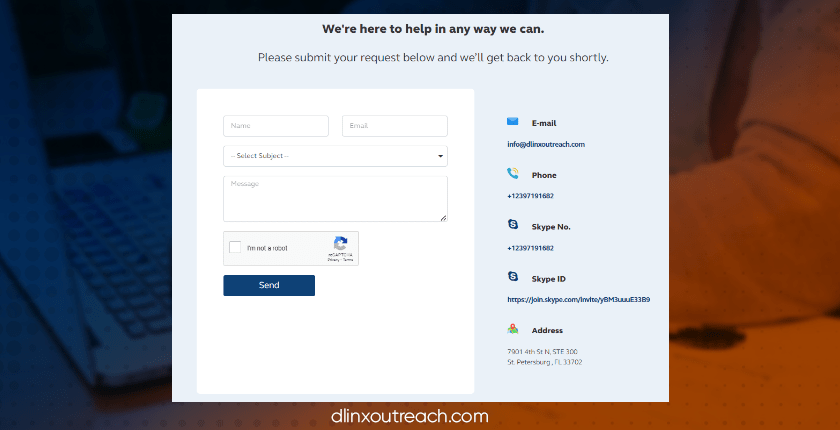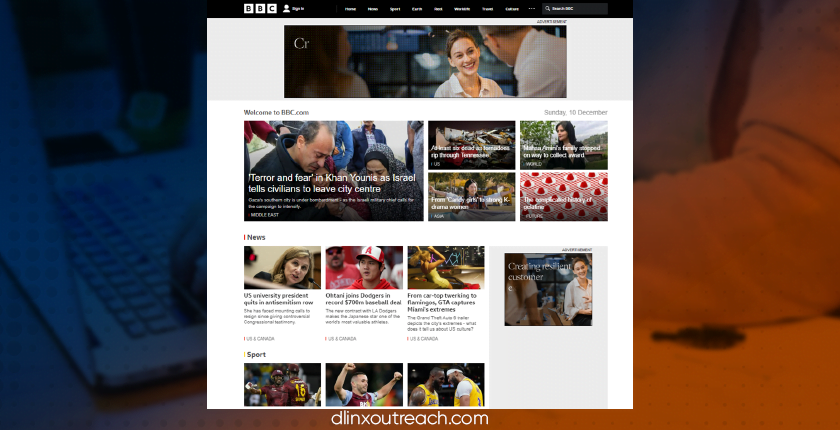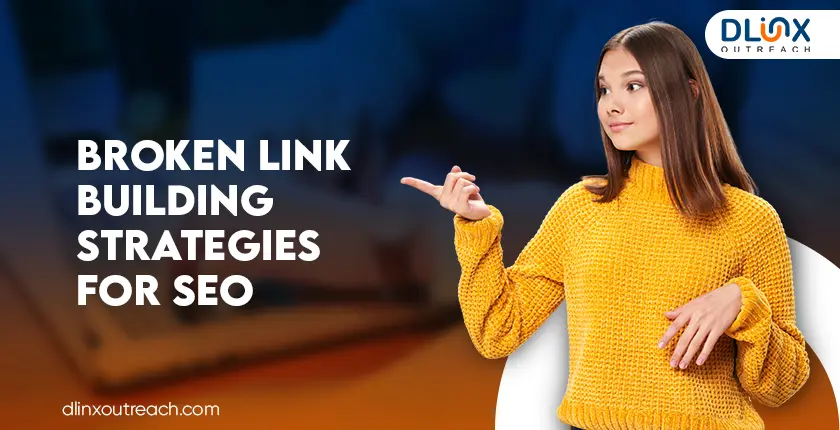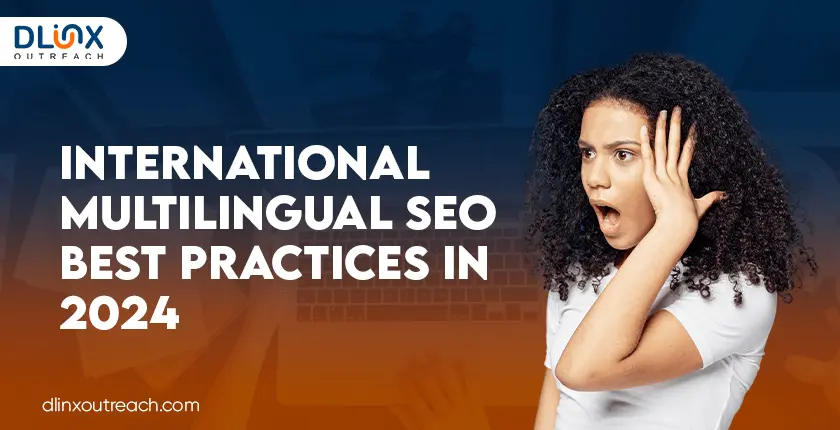Website is a necessity of the current digital world, whether you are a blogger, running a store, clinic or doing any other business. So, the website is your first interface with your future customers. If this interface is not impressive then you gonna lose a potential customer.
Stats suggest that three-quarter of website visitors form their opinion about the company based on the experience they have on their website.
Moreover, search engines also give a high value on how impressive, interactive, navigatable, crawlable, indexable and mesmerizing your web design is. If you design your website, keep the SEO in mind, then it gonna give a high ranking in the SERPs and a high conversion rate as well, as an impressive web design can increase the 400% conversion rate.
Web design is not merely the job of a programmer or a graphic designer, rather it requires a bunch of people to sit together to work both on the aesthetics and SEO optimization for quick and better results.
These people are content writers, programmers, graphic designers, SEO experts, digital marketers, etc. It is also better to get the user feedback before getting online.
So, design your website that enhances the user experience and also optimize the search engine for better ranking. A majestic and SEO-optimized design will give you a high ranking and a high ranking will give you good business.
Do not just jump on to launch your website. First of all, look at the other platforms, find their good and bad features and note down the inclinations of your potential customers and other factors.
Then discuss it with the web developer and other team members. Review the design until it reaches close to perfection and then launch it. As per our experience, Following are some of the key features of a good website.
Read | How to Find a Sitemap of a Website?
1. Content is the Main Ingredient

The first and most important thing is the content. No matter how well-contrasted and interactive your website is, if it does not have content to grab the attention of a visitor it’s useless.
Undoubtedly, content is the king. It’s the content that brings in the flux of visitors. Your content should be related, captivating, mesmerizing, genuine, and to the point. Your statement should be validated through personal experience, case studies, and statistics.
Do not try to copy-paste the content, as Google is always on the look to penalize plagiarized content. Bring in new ideas that are seldom found on your competitors’ websites.
2. Home Page
Your home page is the first thing that a visitor will look at. So, the first impression should last for some time. The home page should have the necessary information that conveys the whole purpose of your website and business.
Its design should be attractive and insightful. It should immediately convey the details of your niche as well. Do not stuff all the information on your home page, as it would look messy and awkward, rather add glimpses of your work, a few good statements describing the purpose of your website and links to the important pages of your website.
3. Layout
The layout tells the whole story of your website. It provides information on all the trades and services you are working on. It should have provided all the necessary information on one single page with hyperlinks to the detailed information. Stats suggest that 38% of people will stop visiting your page if the layout does not engagingly provide the information.
The easier is to find the information, the better will be the user experience and this will attract visitors to keep reading. Ideally, all the related information of a page should be presented at the upper half of your page, so one does not have to navigate up and down again and again.
Don’t just stuff the infographics and visuals randomly. Add images, graphics and videos at the best place and use proper spacing between them to enhance the user experience.
The picture below is from the MOZ, which has a beautifully crafted layout.

4. Good Navigation
If a visitor is unable to navigate through the different pages, it will be irritating and confusing to visitors and ultimately, they will leave the page, increasing your bounce-back rate.
A good navigation element should present the links to all the main pages at the top and bottom of the page. Sidebars also help to jump to the main pages as well.
The basic ingredient of navigation is its menu. It should present the basic structure of your page and should also give a clear idea, of what this whole website is all about.
All related information should be clubbed together for better navigation. For example, if you running a service site, then all blogs should be presented in a separate folder/page rather than putting them randomly.
Read | How does Blogger Outreach Link Building Work?
5. Readability
Your text should be readable and skimable. If you are not using the proper font and color contrast then believe me your visitors will not going to stick around for long. Text colors like yellow and light green are not a good choice, as they often mix up with the background colors.
Your graphic colors should suit the color scheme of your website. Make sure that the table and pictures are well-readable and presentable.
Use proper font size and style, which can be read comfortably. Make heading and subheading for easy skimability. Try to be concise and present your thoughts in small paragraphs. There must be ample line spacing for better readability.
6. Load Time
If your page is taking too much time to load then visitors will not take long to visit the second option in line. Statistics suggest that just a delay of 100 milliseconds can reduce your conversion by 7%.
In this competitive world, when people have multiple options for the same product, you need to be on your toes to convert your visitors. If your landing page is taking too much time then it gonna give a big blow to your business, no matter how good is your product. A study shows that if your website’s load time is more than 2 seconds then it will increase the bounce rate by 50%.
7. Mobile Friendly
Smartphone is an integral part of your life now and more than half of the world’s traffic on websites comes from mobile users. So, if your website behaves weirdly on smartphones and tablets then it will reduce your customers.
Moreover, Google also considers this aspect in its ranking, so now it has become a necessity rather than a luxury. A survey suggests that approximately 60% of people would not suggest a website to others if it is not mobile-friendly.
Read | How to Outsource Link Building?
8. Visuals
A good picture and well-captured video gonna spice up your website design. It is the pivotal part of every website now. A picture can replace thousands of words and a small video of 1 minute can replace 1 hour of reading.
Moreover, these visuals will also be indexed as this is the part of search option now. People find the pictures and video more trustworthy than the text to make a purchase order. This is the same reason,
9. Pop-Ups
Pop-ups are an effective way to divert the attention of a visitor toward the ads or, most importantly, content. At the same time, it could be irritating, as it keeps on popping up on every page you visit.
To enhance the user experience it is recommended to keep them at a minimum level. Secondly, do not use them on the home or landing page of a website, as it is frustrating.
Moreover, it also loses the credibility of your website, as the visitor is interested in the content, and you force him to see ads. This might cause an increase in bounce rate and a reduction in the business and the conversion rate.
10. Headings
Heading and subheadings are a necessary part of any document. These headings are essential in SEO and it is also used in meta tagging and description for the search engines indexing.
It is also an easy way to structure your content and organize a table of contents. Furthermore, please do not go beyond the 3 levels of headings, as more levels make it very hard to understand the main topic of that paragraph.
11. Redirects
Redirects and 404-page errors are generated when a link is broken or you have changed the URL of a blog. This often happens when one revamps the structure of the website.
There are two ways you can handle this error, either add a redirect to the broken link to the similar but more informative content or display the proper message about the broken link status. This is an effort to retain the visitors.
Read | Free Link Building Tools to Help Link Building Process
12. Contact Us
“Contact Us” is one of the most striking pieces of information that one should add to their website. This should be displayed on the main menu and on the home page as well.
This should have all the necessary information like phone number, email address, and postal address. This way, you can get feedback from the visitors, answer their queries, and keep in touch with them for future prospects. All of this information should be active and updated.
The picture below is from our website, which has all the necessary information to contact us.

13. URLs
URLs are another aspect that has a high value in the SEO. These URLs are the first thing that Google looks to index your website.
So keep them simple and catchy and try to use the related keyword. The main address of your website should have the “.com” top-level domain as other domains like .tif or .info are often associated with malicious content.
Your URL should use HTTPS security protocols for the safety of visitors’ data. While adding the URLS of your pages keep them short, keyword-oriented, and easily shareable. Do not add numerics, characters and dates in your URL as it gives a fussy look.
14. Keep Changing
Monotonous is killing and one thing is permanent in life that is change. Visitors often get bored by looking at the same interface again and again. So keep changing the theme of your website often to give a fresh look to your platform.
15. User Experience
Search engines give a high weightage to the user experience. The better the user experience, lower will be the bounce rate, and higher will be the ranking of the platform.
Enhance your user experience by adding mesmerizing content, captivating pictures and videos. Add proper headings and navigation bars to let the visitor have an experience of their life.
Conclusion
Website is an integral part of every business, whether you have a local or a global business. A website is the first interface with the customers, and it should have all the ingredients to mesmerize the visitors. The following are the key features of a good website design.
- It has mesmerizing, informative, updated, and reltive content embedded with high-quality images and videos.
- It should have a proper layout of the website with a good navigation option at the top, bottom, and side of the page.
- It should have used proper fonts, headings, subheadings, and color schemes to enhance the reading experience.
- The website should be compatible with mobile devices to keep users engaged.
- URLs of websites should have relevant keywords, and they must be short, catchy, and memorable.
- Set up proper redirects and 404-page error messages to keep engaging visitors.
- Avoid annoying pop-ups at your site, or keep them at a minimum level.
- Do not just stick with your design, rather, keep changing it from time to time for a better user experience.
Web design enhances user experience and also your ranking in the SERPs. A poorly designed will increase the bounce rate and lower your ranking as well. So, work on your website, keeping in view the above-mentioned guidelines and features of a good website design to have a good ranking and high conversion rate.
A typical example of a good website design is presented on the BBC website. The home page has a menu at the top, news is categorized in sections, visuals are of high quality, ample spaces among pictures for a better user experience, the URL is simple and memorable, and fonts and headings are perfectly contrasted and sized.

About Dlinx Outreach
Dlinx Outreach is an SEO agency that formulates customized strategies that earn you high ratings and authority. Our agency works for both on-page and off-page SEO, web design, link-building, competitor analysis, and many more. Our analysis teams also audit your website for better optimization and utilization.
Furthermore, our team is well-versed in the recent trends and SEO tools that could help you earn unbeatable publicity, visibility, traffic, popularity, and long-term business. Feel free to contact us for further information.
Frequently Asked Questions
Is web design important in SEO?
The website is the first interface between a company and a customer. A better design will keep you engaged and will also enhance your ranking in SERPs.
How important is layout and navigation in web designing?
Layout tells the whole structure of your website at a single glance and it should be properly hyperlinked and readable. Navigation helps you to maneuver around your website, which enhances the user experience and the ranking.
Is it necessary for the website to be mobile-friendly?
More than 50% of traffic comes from mobile devices so if you want high traffic and high conversion, it is necessary to keep your website mobile-compatible.
Are URLs important in web designing?
URL is the first thing that the user type and Google indexes. So, it should be related and catchy for shareability and quick indexing.
Can Dlinx Outreach improve your SEO?
Dlinx Outreach is an SEO agency that works on multiple tasks like link building, content, web development, auditing and many more that improve your ranking in the SERPs.
Related Posts:







